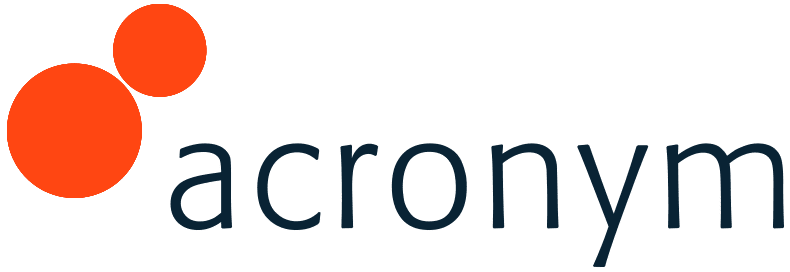There was a time – remember Cool Site of the Day? – when “disciplines” like Web analytics, usability, search engine marketing and conversion weren’t even twinkles in mainstream eyes. None of this stuff was a top priority for Internet marketers, and those of us trying to make a buck (or a pound) in these areas ate lean.
The dot-bomb dropped, folks reeled for a while, and then they got a clue: their bottom lines mattered. Conversion became the name of the game, and anything that increased conversion rates became a hot topic. “Halleluiah,” the disciplines cheered. “Thank goodness,” ebusinesses whewed.
Conversion has only recently become the must-have piece of the pie. It’s where my company started in 1998, so it feels really good to be hearing the same language. But we’re not all on the same page yet.
The ability to achieve truly dramatic improvements in conversion rates will require a shift in “conventional” thinking. Internet marketers need to understand that while the goal may be conversion, the practice must be persuasion.
Conversion is a Linear Process
Conversion is about “the click.” We all understand the macro-level conversion, which is the business’s site objective. But it is important to realize that conversion also takes place at the micro-level – every single click takes the prospect deeper into the buying decision process. The true imperative in conversion rate marketing is to persuade each and every click.
Conversion is what the visitor does; it’s the “take action” part of the buying decision process. At the macro-level, the visitor converts from prospect to buyer. Helping prospects convert basically entails making it easier for them to buy by getting out of their way. Getting out of their way usually entails a copy, usability or information architecture adjustment.
As we worked with clients in the early days of our business, we began to realize we could remove the obstacles to conversion, but that would only take us so far. Conversion is fundamentally about completing your linear scenarios. Think multi-page processes such as shopping carts or registration forms. However, people rarely go about accomplishing their goals in a linear fashion – the buying process behavior of a majority of prospects is non-linear.
Consider this common example: A site with complex selling scenarios successfully funnels a majority of its traffic to a call-to-action form, but few prospects who land on that page complete the form and click through. The page rejection rate is staggering. Thinking they have a conversion problem, the company performs a variety of A/B tests on the form page with little success. Nothing they do to “fix” the conversion problem yields significantly improved results. They imagine themselves at a conversion dead-end.
In this situation, the problem usually isn’t the form; it’s the scenario visitors participate in before they reach the form. Prospects haven’t acquired enough information or developed sufficient confidence to feel comfortable completing the action the site is asking them to take. This company’s linear sales process is undermining its prospects non-linear buying decision process – the site is failing to persuade before it attempts to convert.
Persuasion is a Non-Linear Process
Persuasion is about meeting the buying needs of your audience. It’s a non-linear, multi-branched, integral part of your selling process – you present relevant information for your buyers in a way that suits you as the seller and allows you to make the case for buying from you.
Non-linear scenarios are the scenarios visitor segments create as they navigate your website. In this type of scenario we measure conversion differently, from where people enter the scenario to where they complete the intended scenario and whether or not they hit our key value pages. Explicitly planning these non-linear scenarios is the goal of persuasive design.
When we dissect the buying process into its component parts for each persona and then measure those micro-conversions in the click-stream not only can we better understand how well we are persuading but we can also segment our conversion rates by persona segment. That allows us to focus on cumulative conversion rates for the website instead of simply an average conversion rate.
Persuasion Maximizes Conversion
Persuasion is the next step in conversion rate marketing’s evolutionary chain. You may clear every last one of your conversion hurdles, but you will still face the question of how you move your prospects from click to click, how you orchestrate persuasive momentum. Building persuasive, persona-based scenarios that allow prospects to “buy naturally” is the only way to achieve the dramatic results that are possible when you think beyond conversion.
From a conversion perspective, the Internet marketer asks, “How do I build a single pipeline that gets me the highest conversion rate?” From a persuasion perspective, the Internet marketer asks, “How do I build multiple pipelines that give me the highest conversion rates overall? It’s the difference between trying to increase your conversion rate from 2% to 4% (a 100% increase) and imagining what small percentage of all your visitors you will have to write off because they are simply “unconvertible.” Reach for 4% or 100%?
When they “buy naturally,” you will truly “sell effortlessly.” The future for Internet marketing lies in developing non-linear systems that deliver exactly what prospects need, when they need it, so they can accomplish their goals in the manner most comfortable to them. The future is not about optimizing conversion, it’s about maximizing conversion.
We call that future Persuasion Architecture.










